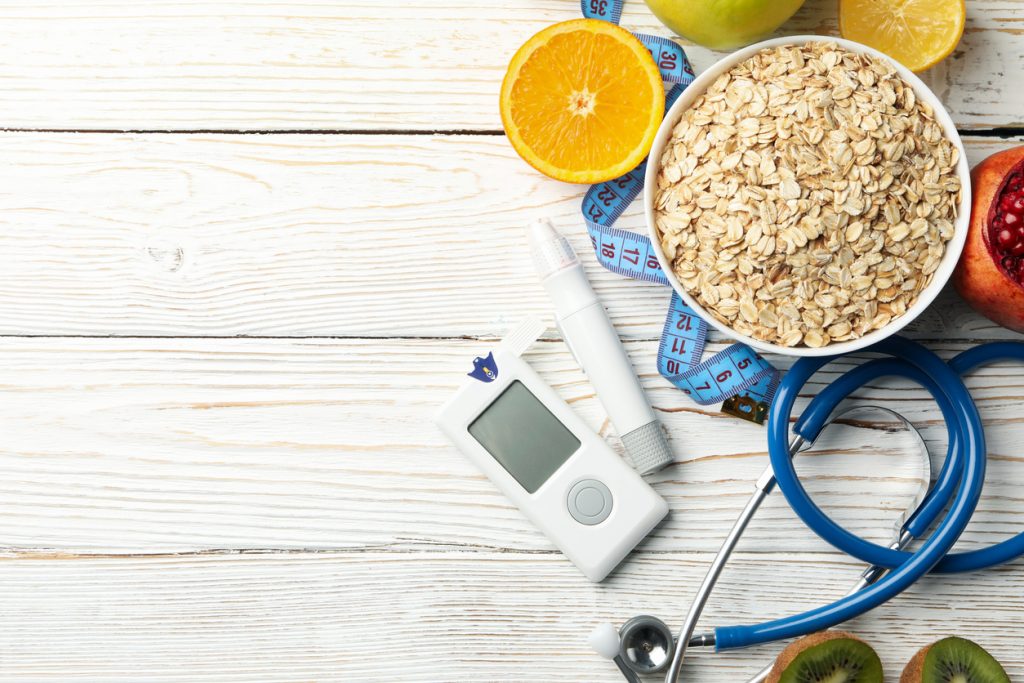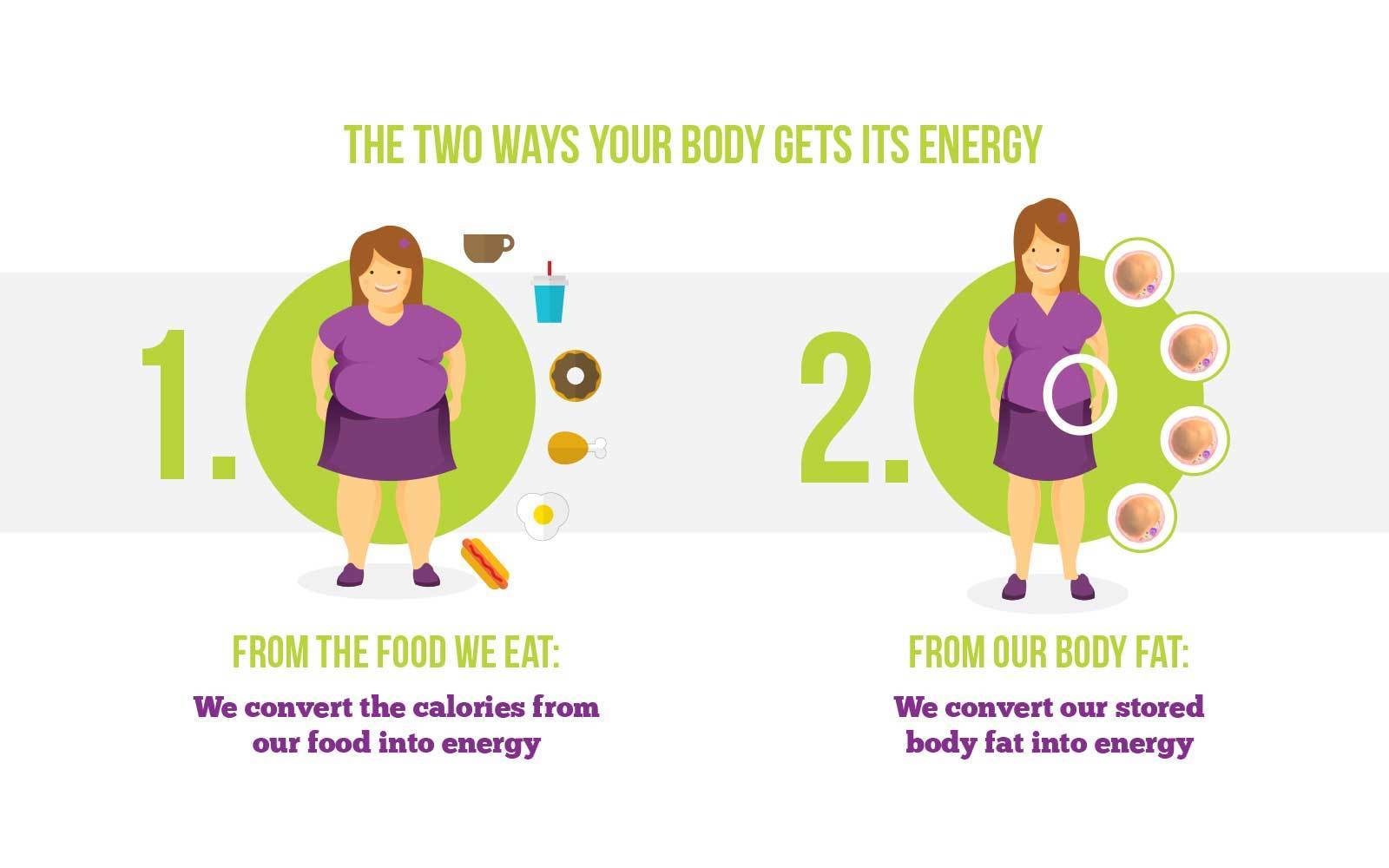Diabetes is one of those conditions that’s equivalent to a full-time job. A diabetic person has to constantly check blood sugar levels and maintain a “normal” level with diet and exercise.
Those suffering from diabetes struggle containing their blood sugar levels and often find themselves suffering from hypoglycemia and hyperglycemia. The first is too low blood sugar and the latter is too high of blood sugar levels.
Glucose, otherwise known as blood sugar, is the main source of energy for our body’s cells. When food is taken in, its processed into carbohydrates, fats and proteins. Carbohydrates affect blood sugar levels because once consumed, they convert into sugars.
One of the easiest ways for a diabetic to regulate blood sugar levels (glucose) is by monitoring the number of carbohydrates taken in. This is done by following a low glycemic diet. A low glycemic diet consists of foods that help to manage blood sugar level. The glycemic index is broken down as such:
Foods with a GI of 70 or more is too high Foods with a GI of 56 to 69 is medium Foods with a GI of less than 55 is low
Basically, the more foods you eat with a glycemic index of 70 or more is going to spike your blood sugar level, which can lead to fatigue, headaches, difficulty concentrating, blurred vision, damage to your eyes, blood vessels or kidneys and much more. (Information courtesy of diabetes.webmd.com)
The glycemic diet is not necessarily one where you specifically count carbs or eliminate them all together. This diet teaches a diabetic which foods to avoid, which ones to eat in moderation and which ones are okay to consume. With the glycemic index, diabetics can base food GI numbers on how balanced their glucose levels will remain.
Menu recommendations for those needing to following a low glycemic diet include:
Breakfast cereals made of oats, barley or bran
Only whole grain breads with stone-ground flour or sourdough
1 grain serving a day – 1/2 cup brown or wild rice (absolutely no white rice) or 1 very small potato or 1/2 of a Yukon gold or red skin
Plenty of fruits, vegetables and water
A buyer beware type of tip:
The glycemic index diet does not rank food according to which are most healthy. For instance, you might find that ice cream has a low glycemic index number, but is filled with too many sugars as opposed to carbohydrates.
The glycemic index diet can work for a diabetic, but one should consult with a diabetes specialist. To fully understand the diet, pros and any cons, be sure to schedule an appointment with a licensed healthcare provider such as Forum Health ClarkstonNutrition.
Sources –
http://www.mayoclinic.com/health/glycemic-index-diet/MY00770 – Page since removed
http://www.diabeteswellness.net/Portals/0/files/DRWFUSdiabetes.pdf
http://diabetes.webmd.com/diabetes-hyperglycemia
Post by Staff of Forum Health Clarkston







